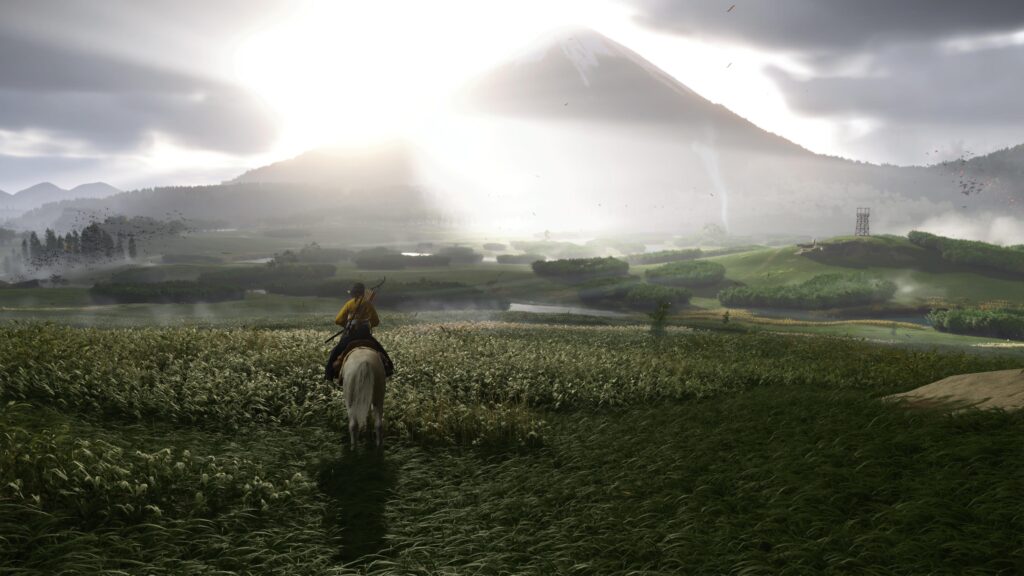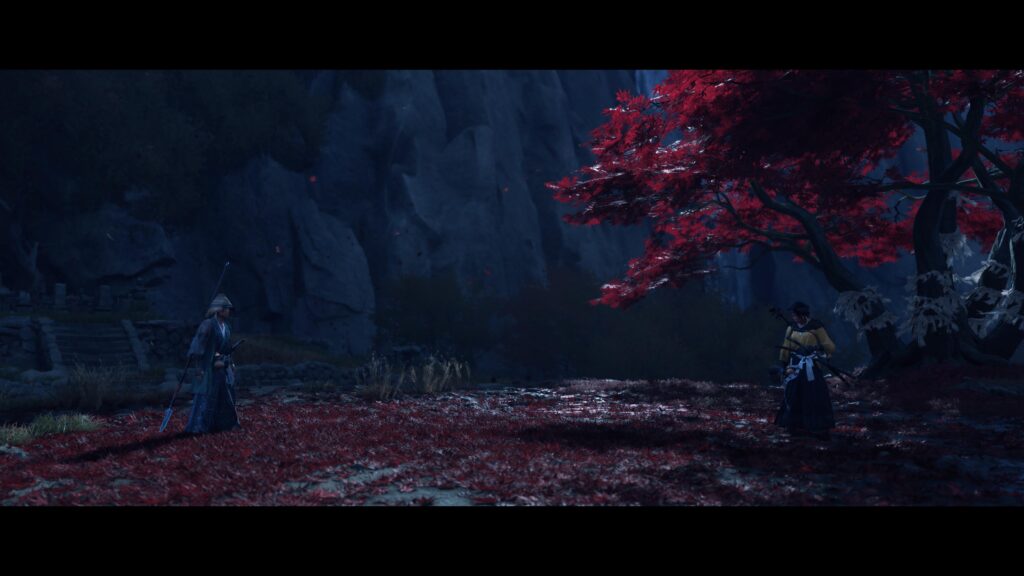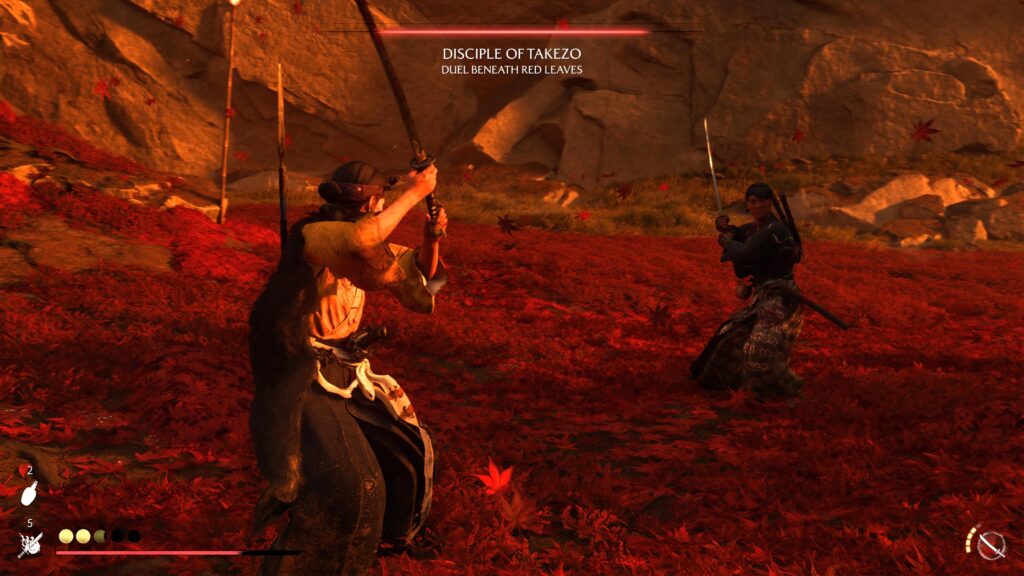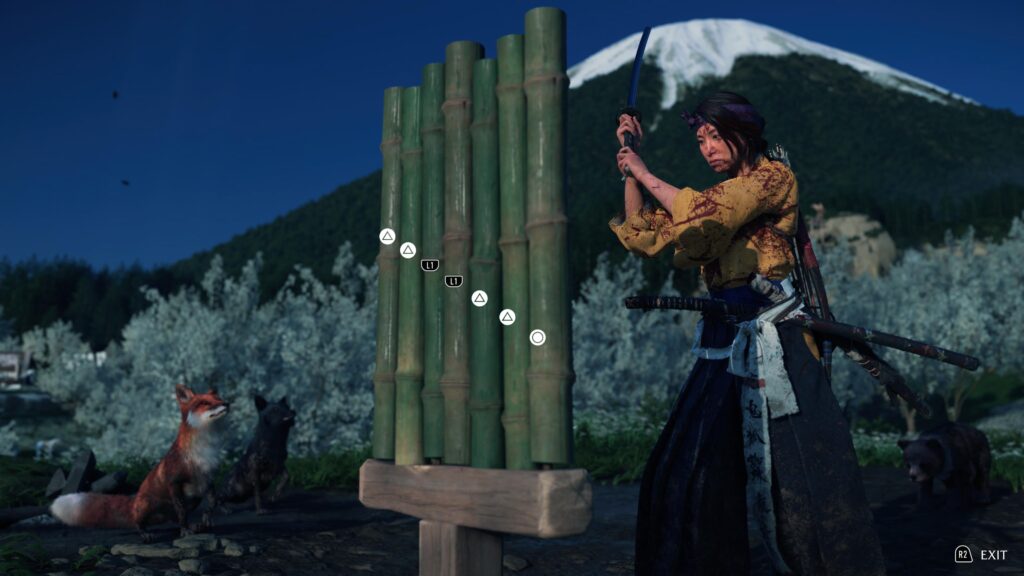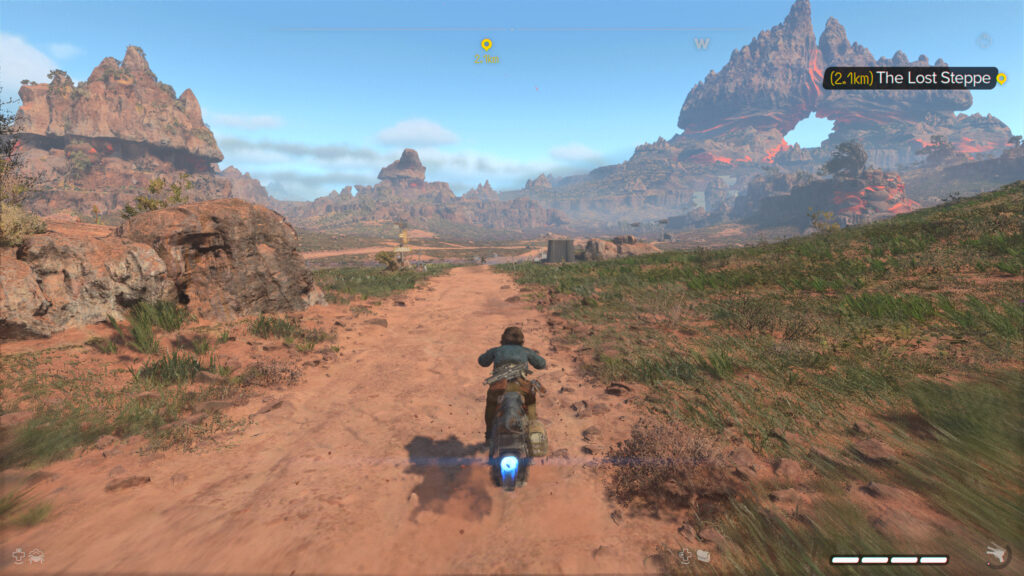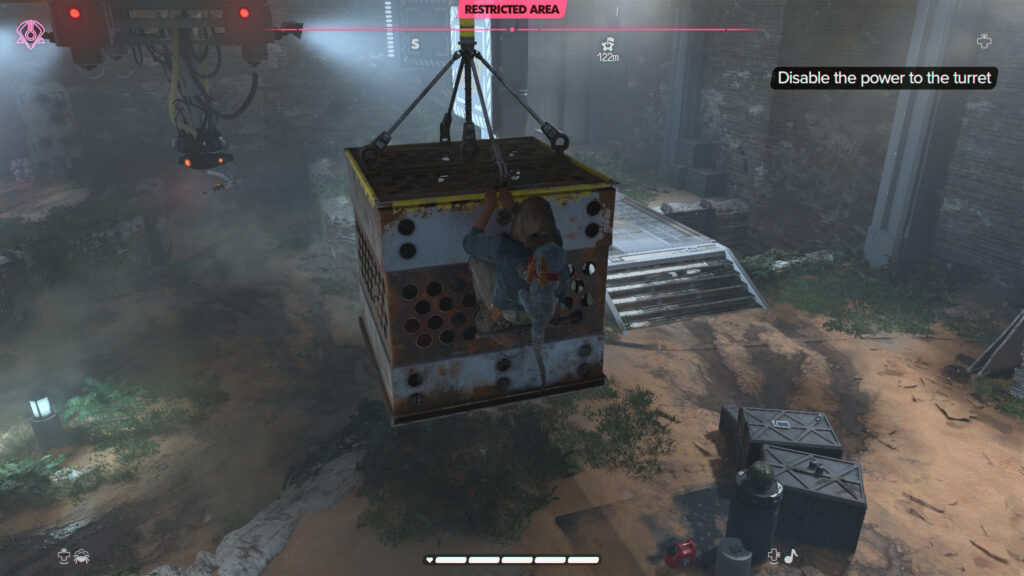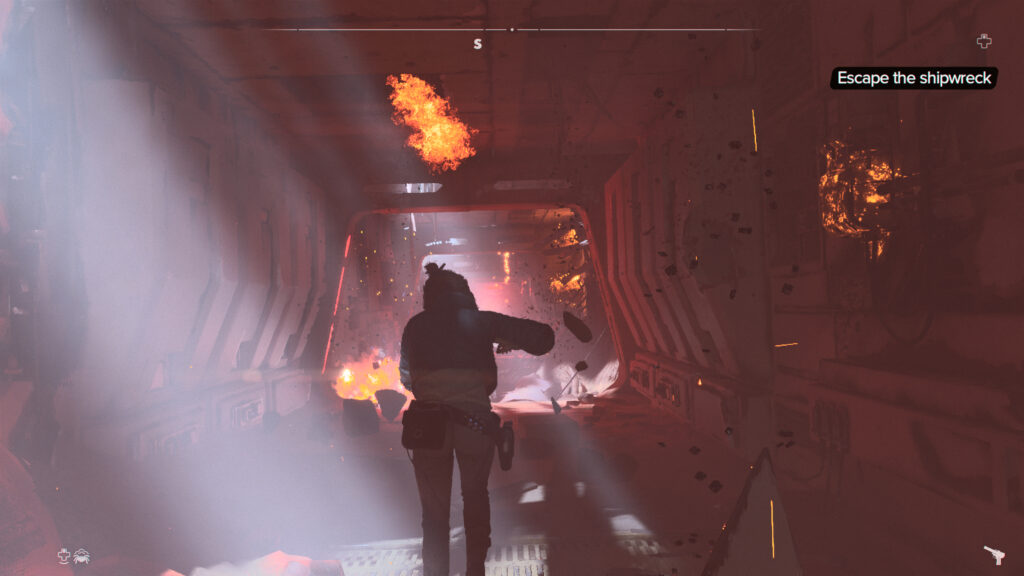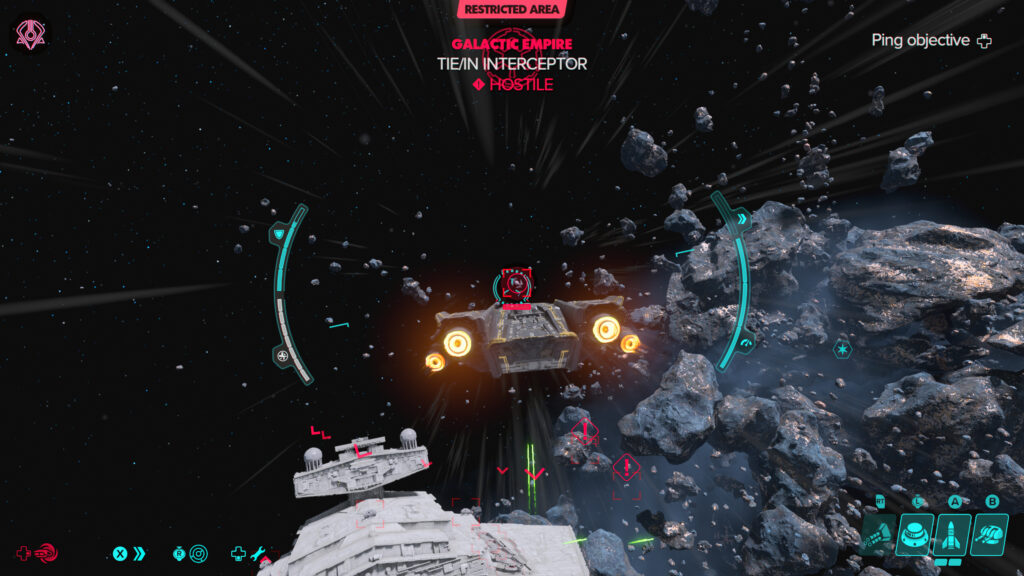More Info from The Pokemon Company
- Genre: Action RPG
- Platform: Switch 2
- Also Available On: Switch
This is such a strange game. At a glance it feels like it should be terrible – a Pokemon game contained to a single city with limited zones in which to catch Pokemon. However, they made a crucial decision to focus on combat and boy did that benefit the game as a whole.
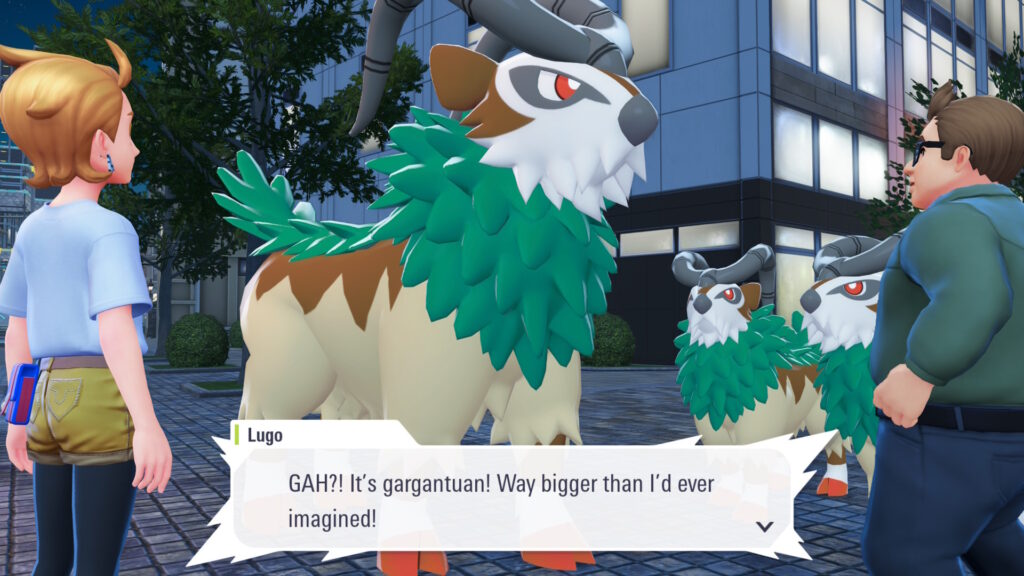
If you’ve played the previous Pokemon Legends: Arceus, there’s really nothing to talk about except for combat. Simply put, combat is now done in real time in all situations. There’s no difference between fighting a wild Pokemon and fighting a trainer battle and they really lean into that. You as the trainer run around and avoid being hit by stray attacks while simultaneously hitting buttons for relevant attacks. Pokemon are quickly hot swapped so trainer fights don’t lose the real time feel as you go through your lineup of Pokemon swapping out to gain type advantages. It plays a really tight line of familiar but new for the series, even compared against the same feeling of Arceus. However, I do think it has some rough spots in their first attempt at real time.
The first obvious problem is that I think the player’s active Pokemon has too little agency of its own to actively fight. All ranged attacks are relative to the player and the Pokemon tries to follow the player around if they aren’t being actively commanded, and that’s frustrating as hell. As a player, I have to reposition frequently to avoid being hit by attacks, which then causes the Pokemon to get into spots where it has to wildly reposition just to throw a ranged attack which is always at a fixed spot relative to the player’s position, wasting a bunch of time while it repositions. The Pokemon then often gets into spots where its ranged attacks hit things that it should simply be obviously avoiding. It might be an edge of a fence or a tree or the top of a stair that will clip the attack, blocking it from hitting. It’s just consistently dumb as shit that this occurs, because a Pokemon should clearly be instinctively smart enough to reposition itself a bit to avoid this.
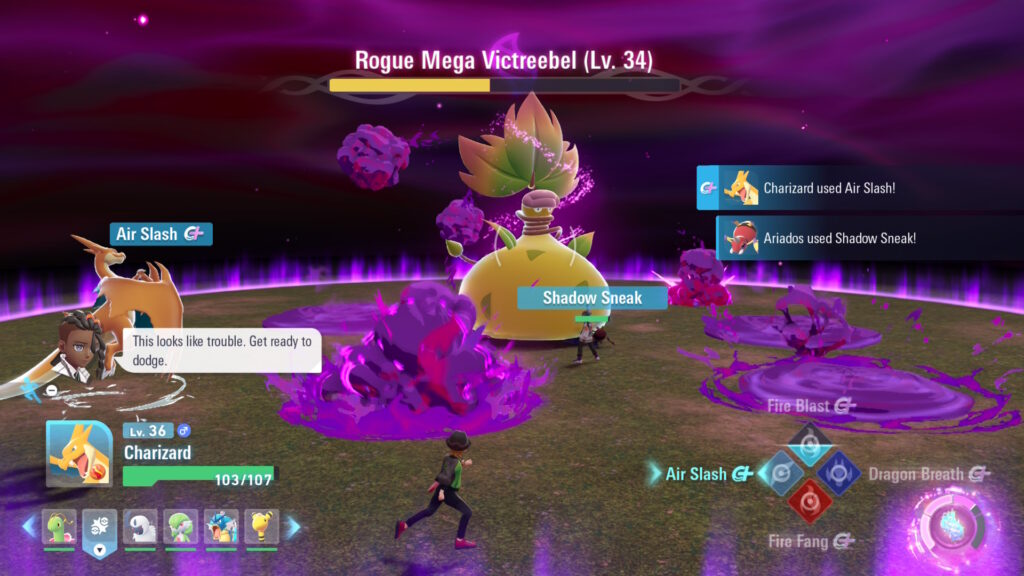
Where this gets particularly frustrating is that they very clearly designed the big PvE boss fights to avoid this. Those fights are all just against a Pokemon on a flat surface, and they’re spectacularly fun. These fights become some of the more chaotic avoidance situations in the game, ranging from anything like pool avoidance to bullet hell situations. Some of the early ones are certainly more straightforward damage checks, but later ones start to test the player’s ability to not just faceroll the attack buttons and actually stay moving more often. And they WORK because they DO NOT REQUIRE THE POKEMON TO THINK.
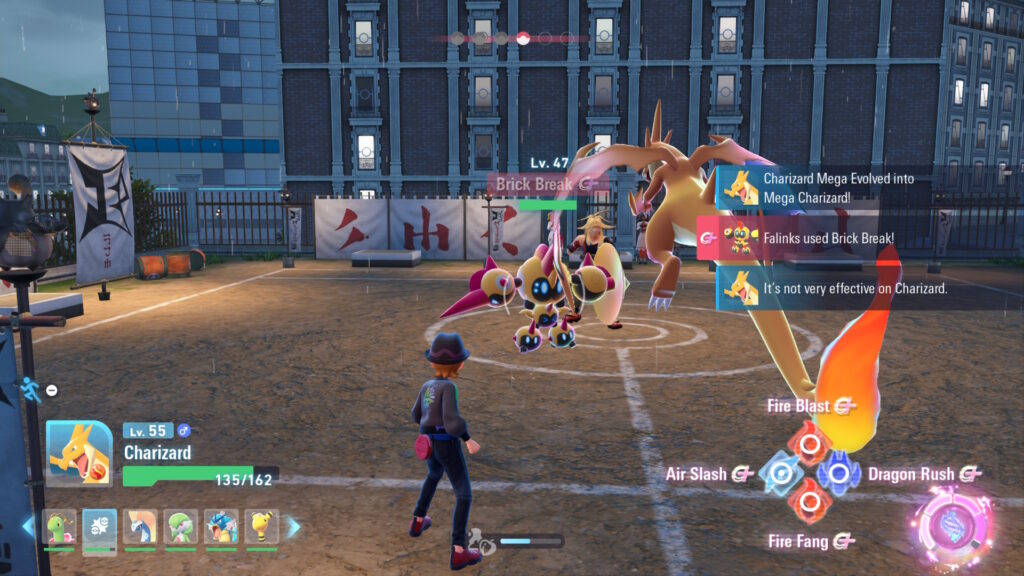
This is then compounded by the large amount of trainer battles that the game pushes you into. If Arceus was about collecting and not having trainer battles as much as possible, this is about as far opposite as you can get. There are entire segments of the game loop dedicated to trainer battles, where sections of the city are cordoned off each night just for trainers to battle in. This is where you get a lot of mileage out of having a traditionally setup party to counter as many Pokemon types as possible, but it’s also where I have my second real problem with the combat system.
Trainer battles in traditional Pokemon games largely involve you guessing your way through the first Pokemon then distinctly having the advantage to switch Pokemon simultaneous to your opponent, leaving you with a type advantage as long as you can generally know or guess the upcoming Pokemon’s weaknesses. That isn’t present here, but it’s also combined with an annoying delay when switching Pokemon where the Pokemon has to play a spawn animation before it can even begin to move for both the player and NPC characters. Generally it leaves the Pokemon open to being hit at least a couple of times before it can even begin to move. This leaves the defending Pokemon with an always present inherent disadvantage to having been put into battle, which feels generally off in the spirit of Pokemon fights. It’s not necessarily that I want to have the guaranteed type advantage of the turn-based games, but I want to at least be able to quickly get a Pokemon into battle and fighting, rather than watching it slowly spawn and be hit.
However, the bulk of the trainer battles in this are inherently more interesting because of the open world and real time nature. You can sneak up on people and knock out their opener Pokemon before they even know you are there. It’s such a dick move if this was to be happening in real life, but as a videogame power fantasy it’s spectacularly fun and effective.
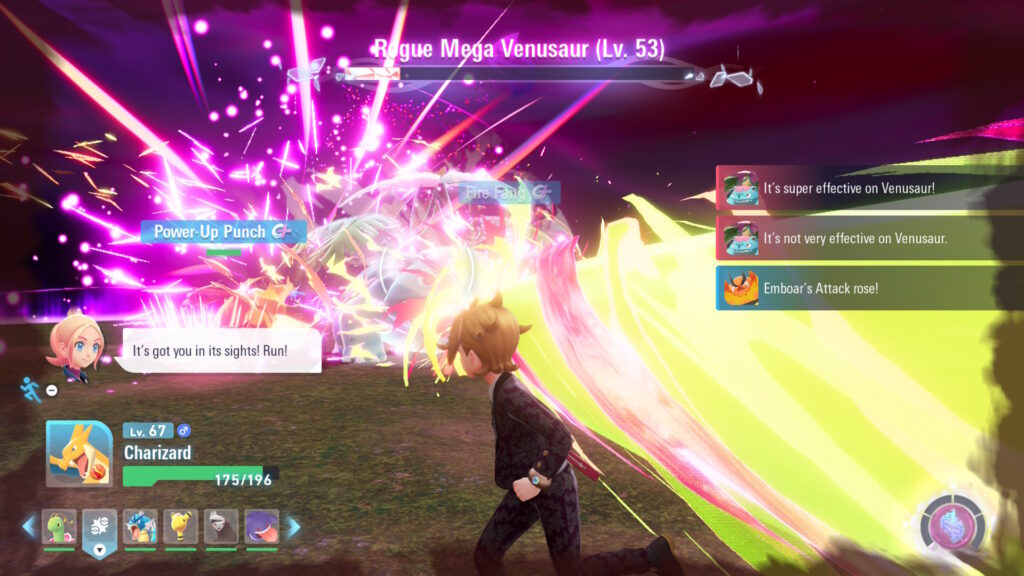
The thing is, despite me having what feels like real core problems with combat I still found this to be so tremendously fun that it again represents what I think is a better path forward for the series. If Arceus represented a quicker paced capture dynamic with an open world, this represents the feeling of Pokemon in a way that more closely matches the TV series. This feels much closer to what I think Pokemon is, with more trainer fights and less capturing but done in a much quicker paced setup inherently due to it being real time. This keeps important things about the core metagame for me – forming a party tuned to type advantages, swapping them out based on what my opponents bring in, making sure that I’m tuning my move set to take advantage of things that aren’t inherent to the types of my Pokemon – and reducing overall user friction by making everything easy to get to.
If I then take combat at face value and assume that some iteration could be done to smooth it out a bit, this represents a future that I think should be core Pokemon and not side game experiment. This combat applied to the Scarlet/Violet world design would work just as well, and in particular would allow them to eliminate their time saving measure of auto result-battles in the open world that always felt like a grinding crutch to me. This combat applied to gym battles in Scarlet/Violet would make those feel like even larger spectacles. This combat applied to Terastallized Pokemon fights would make those feel like skilled battles instead of dice rolls around picking the right overpowered Pokemon. There is just a lot to be gained from Game Freak paying attention to what they are creating with these experiments, and the hope is that they do pay attention instead of throwing it away again.


